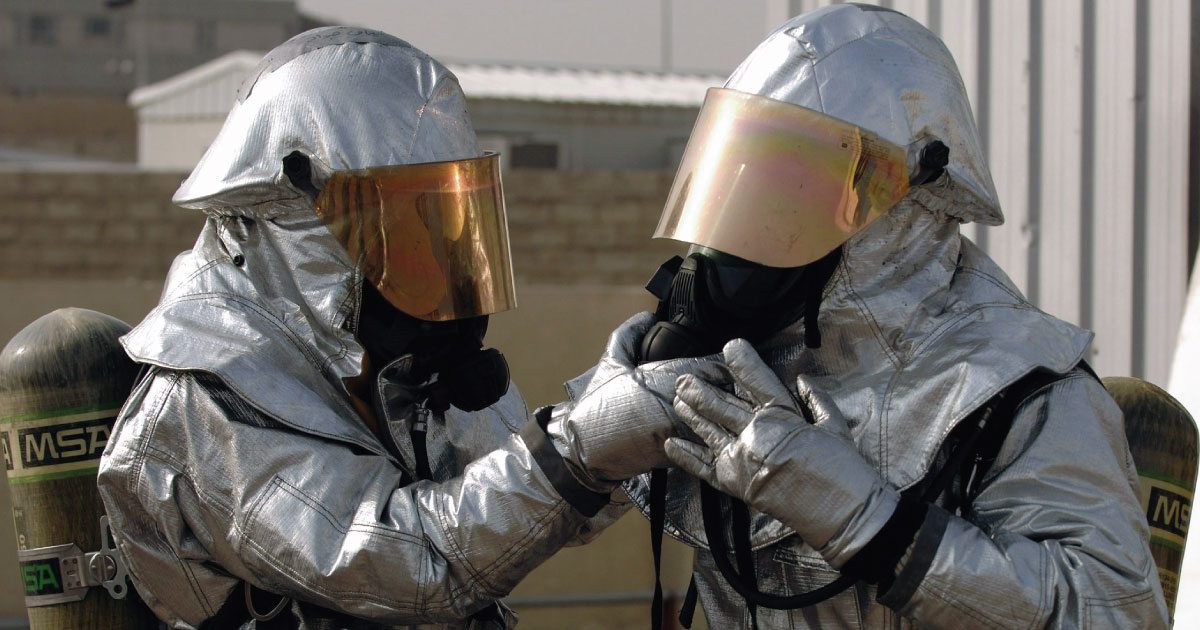Insulators Face Workplace Exposure to Asbestos, Declare War On Mesothelioma

Labor leaders for the International Association of Heat & Frost Insulators have declared war on mesothelioma, an asbestos-related cancer that affects many workers employed in the insulation industry. Insulators are at much greater risk of developing mesothelioma because of the long-time use of asbestos in many insulation products.
Nearly one out of every 10 insulators dies of mesothelioma, according to Dr. Andrew Todd, a professor of preventive medicine at Mt. Sinai Hospital in New York. Dr. Todd said the incidence of mesothelioma among insulation workers is about 1,000-fold higher than among the public at-large, based on 2008 statistics. Dr. Todd said the diagnosis of mesothelioma among insulators has remained very high for more than two decades, so the prevalence of asbestos disease is not decreasing.
At the International Insulators’ national convention in Las Vegas this month, convention delegates voted for every insulator in the U.S. and Canada to contribute four cents of each hourly wage they receive to fund research to find a cure for mesothelioma and to support a new Insulators’ Tissue Bank. The tissue bank will be a repository for asbestos-related tumor tissue donated by insulators affected by mesothelioma and asbestos-related disease. The Insulators’ Tissue Bank will be located and administered by the Mt. Sinai School of Medicine.
James A. Grogan, general president of the union, has advocated for increased attention on mesothelioma. According to a union press release, Grogan told delegates that the union now had a well-funded plan of attack against mesothelioma that emphasizes prevention and early detection and better medical care for insulators and their families. Grogan called upon insulators to donate tissue to the bank if they are treated for mesothelioma.
Asbestos was widely used as an insulation material for much of the 20th century and much of it remains in older houses and buildings. When the old insulation is torn out and replaced, workers may be exposed to asbestos dust. Therefore, insulators have an increased risk of occupational exposure to asbestos and of developing mesothelioma.When inhaled, microscopic asbestos fibers can penetrate deep in the chest cavity, remaining there for decades, causing inflammation, scarring and eventually disease.
Approximately 2,500 to 3,000 people die of mesothelioma each year in the United States. Symptoms of asbestos disease typically appear 30 to 50 years after exposure to asbestos.
More information about mesothelioma here.
Free Mesothelioma Patient & Treatment Guide
We’d like to offer you our in-depth guide, “A Patient’s Guide to Mesothelioma,” absolutely free of charge.
It contains a wealth of information and resources to help you better understand the condition, choose (and afford) appropriate treatment, and exercise your legal right to compensation.
Download Now